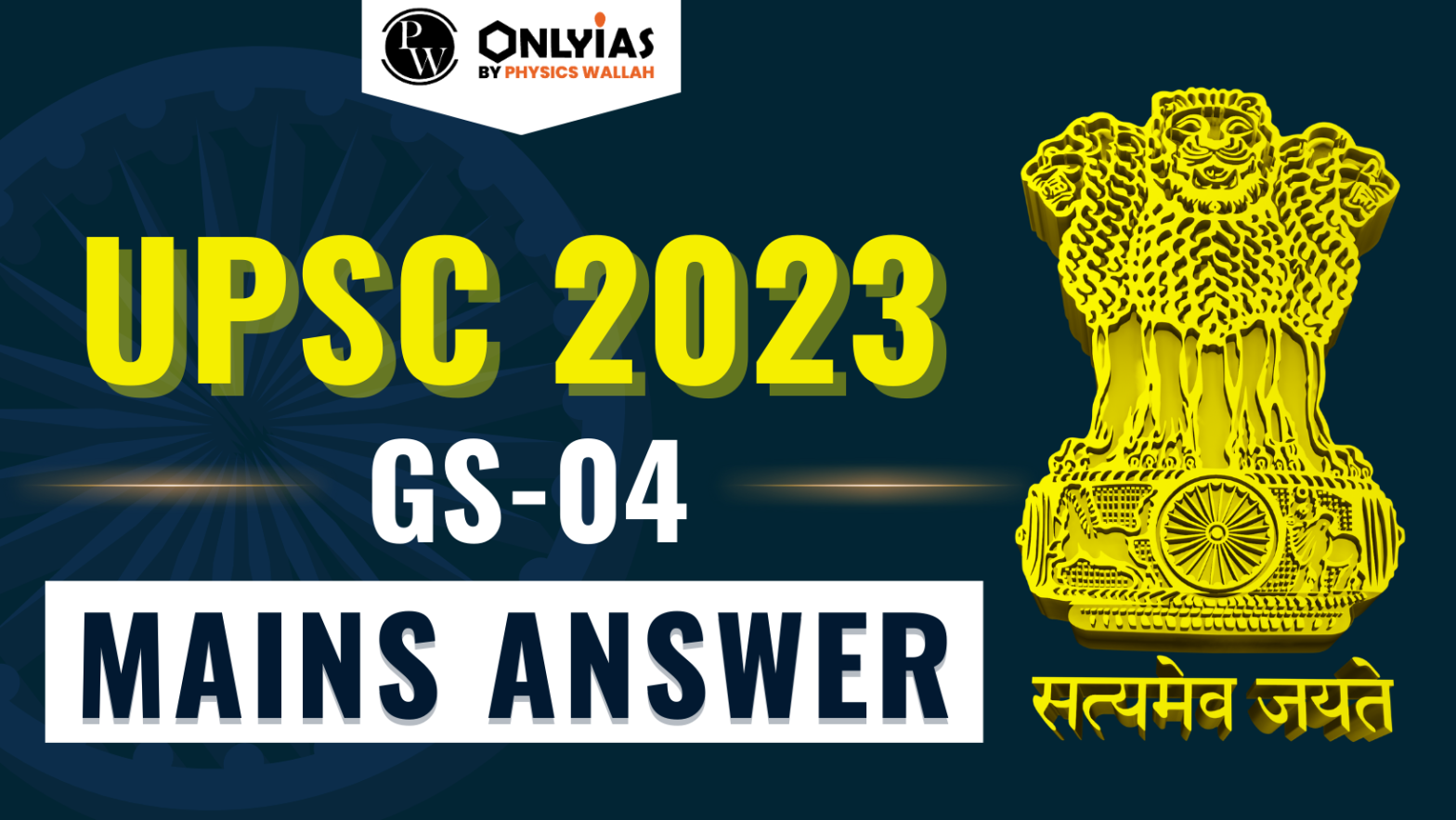UPSC Case Study: How to Address Bullying as a Leader? Examine a high-level official's approach to their child's bullying & school communication.

Q12). You hold a responsible position in a ministry in the government. One day in the morning you received a call from the school of your 11-year-old son that you are required to come and meet the Principal. You proceed to the school and find your son in the Principal’s office. The Principal informs you that your son had been found wandering aimlessly in the grounds during the time classes were in progress. The class teacher further informs you that your son has lately become a loner and did not respond to questions in the class, he had also been unable to perform well in the football trials held recently. You bring your son back from the school and in the evening, you along with your wife try to find out the reasons for your son’s changed behaviour. After repeated cajoling, your son shares that some children had been making fun of him in the class as well as in the WhatsApp group of the students by calling him stunted, duh and a frog. He tells you the names of a few children who are the main culprits but pleads with you to let the matter rest. After a few days, during a sporting event, where you and your wife have gone to watch your son play, one of your colleague’s son shows you a video in which students have caricatured your son. Further, he also points out to the perpetrators who were sitting in the stands. You purposefully walk past them with your son and go home. Next day, you find on social media, a video denigrating you, your son and even your wife, stating that you engaged in physical bullying of children on the sports field. The video became viral on social media. Your friends and colleagues began calling you to find out the details. One of your juniors advised you to make a counter video giving the background and explaining that nothing had happened on the field. You, in turn posted a video which you have captured during the sporting event, identifying the likely perpetrators who were responsible for your son’s predicament. You have also narrated what has actually happened in the field and made attempts to bring out the adverse effects of the misuse of social media.
○ Based on the above case study, discuss the ethical issues involved in the use of social media.
○ Discuss the pros and cons of using social media by you to put across the facts to counter the fake propaganda against your family.
Ans:
In a rapidly digitizing world, the potent influence of social media is undeniable. The given case study illustrates how this influential tool can both exacerbate and potentially alleviate complex social issues. The case study paints a vivid picture of a child’s struggle with bullying and the subsequent use of social media to address the situation. This scenario prompts ethical concerns surrounding reputation, socialization, and the impact of digital platforms in today’s interconnected society.
Stakeholders Involved and Their Interests:
Ethical Issues Involved in the Use of Social Media:
Pros and Cons of Using Social Media to Counter Fake Propaganda:
Pros:
Cons:
Appropriate Action in this Regard:
Conclusion
This case vividly illustrates the ethical complexities of social media use in today’s interconnected world and the urgent need for responsible online behavior, digital literacy, and empathy. A proactive approach involving all stakeholders—parents, educators, and policymakers—is imperative to navigate these challenges, fostering awareness and promoting ethical online conduct for a safer digital environment, where individuals’ dignity and well-being are upheld.
| For a Detailed explanation of the UPSC GS-01 Mains question 2023, click here.
For a Detailed explanation of the UPSC GS-02 Mains question 2023, click here. For a Detailed explanation of the UPSC GS-03 Mains question 2023, click here. For a Detailed explanation of the UPSC GS-04 Mains question 2023, click here. |

<div class="new-fform">
</div>